This article was co-authored by Pippa Elliott, MRCVS. Dr. Elliott, BVMS, MRCVS is a veterinarian with over 30 years of experience in veterinary surgery and companion animal practice. She graduated from the University of Glasgow in 1987 with a degree in veterinary medicine and surgery. She has worked at the same animal clinic in her hometown for over 20 years.
This article has been viewed 26,237 times.
Acetaminophen, also called paracetamol, is an ingredient common in human pain relievers and sinus medication. This drug is lethal to cats, even in small doses. Because of this, you should never give it to cats. If your cat accidentally ingests acetaminophen, take them to the vet immediately for treatment. The earlier they receive treatment, the better chance they have of recovery.
Steps
Recognizing Signs and Symptoms of Acetaminophen Ingestion
-
1Watch for vomiting. Vomiting is one of the main signs of acetaminophen toxicity. Before the cat vomits, they may experience abdominal pain and a decreased appetite. They may also display a lack of energy.[1]
-
2Check for discoloration of body tissues. This condition also causes body tissues to become discolored. The gums may become brown or blue. The discoloration may be accompanied by swelling of the face or paws.[2]Advertisement
-
3Check the cat's urine. The cat's body tissues are not the only thing that will become discolored. If the cat has acetaminophen toxicity, the cat’s urine may also be a brown color.[3]
-
4Notice any difficulty in movement. The cat may start to have mobility problems if they have been exposed to the toxin for over 12 hours. They may have trouble walking and appear uncoordinated. They also may start convulsing. Some cats may even fall into a coma.[4]
-
5Monitor for any acetaminophen ingestion. Acetaminophen is extremely toxic to cats. Even the ingestion of a small dose will be toxic and can cause problems. A dose of only 10 mg per pound of body weight can be toxic, while 50 to 100 mg can be lethal. You should watch out for any contact between your cat and acetaminophen.[5]
- Because of this, cats should never be given acetaminophen. You should also keep all products containing acetaminophen away from cats.
- Acetaminophen can be found in Tylenol, Excedrin, Dayquil, Nyquil, Percocet, and Excedrin. It is commonly found in pain relievers, fever reducers, and sinus, cold, and flu meds.
Diagnosing Acetaminophen Toxicity
-
1Take the cat to the vet immediately. If your cat has eaten any amount of acetaminophen, you need to take them to the vet immediately. If it is after hours, you should take them to emergency vet services. Acetaminophen toxicity gets worse the longer your cat experiences it, and by hour 12, they can start having serious side effects, or even experience death.[6]
- Acetaminophen takes as little as 1 hour to get from the stomach into the bloodstream. Thus, prompt action and an urgent trip to the vet are required for the cat to stand the best chance of recovery.[7]
- If the cat gets treatment soon after ingesting the acetaminophen, there is a higher chance of survival.
-
2Give the vet as much information as you can. When you talk to the vet, you should provide them with as many details as possible. This will help the vet figure out exactly what happened to your cat and how much they ingested. Give the vet as many details about what happened as you can.[8]
- Tell your vet how many pills are missing from the bottle if you know. You should also tell the vet if the medication had anything else in it, like antihistamines or caffeine.
-
3Get the cat a physical exam. When you take the cat to the vet, the vet will do a quick physical exam to look for symptoms. They will also ask you about possible exposure that your cat has had to acetaminophen.[9]
- The vet will check the cat’s blood for the levels of acetaminophen. However, these results may not arrive for a couple of days, so the vet won’t wait for the labs to come back to begin treatment.
-
4Give the vet any evidence you collected. If you are able, collect any evidence that your cat left behind. Grab the pill bottle, even if it has been chewed up. Also gather any leftover pills. If the cat has vomited, see if you can see any evidence of the ingestion in the vomit. If you can’t, try to get a sample to give to your vet.[10]
Treating Acetaminophen Toxicity
-
1Induce vomiting. If it has not been too long since the acetaminophen has been ingested, the vet may induce vomiting on the cat. This can help the cat expel any parts of the drug before they digest it. This is done if it has been 1 to 2 hours since the cat has ingested the medicine.[11]
-
2Give the cat activated charcoal. Activated charcoal is another treatment if the drug has been ingested within six hours. The activated charcoal will bind to the acetaminophen in the cat’s system. It will take the drug through the cat’s digestive system without allowing it to be absorbed.[12]
-
3Give the cat IV fluids. The vet will probably put the cat on IV fluids to help flush the drug out of the cat’s system. Medications will also be given to the cat through IV fluids. N-acetylcysteine is a medication that can help protect the liver and is the only known antidote for acetaminophen toxicity.[13]
- The cat may also be given vitamin C and other medications through the IV.
-
4Provide additional therapy for more serious cases. For some cats with more serious toxicity levels, they may need oxygen therapy or blood transfusions.[14] Some cats may need their stomachs flushed to try to get rid of the drugs.
References
- ↑ https://www.petmd.com/cat/conditions/digestive/c_ct_acetaminophen_toxicity
- ↑ https://www.petmd.com/cat/conditions/digestive/c_ct_acetaminophen_toxicity
- ↑ https://vcahospitals.com/know-your-pet/acetaminophen-toxicity-in-cats
- ↑ https://vcahospitals.com/know-your-pet/acetaminophen-tylenol-poisoning-alert-for-dogs-and-cats
- ↑ https://www.ncbi.nlm.nih.gov/pmc/articles/PMC340185/
- ↑ https://vcahospitals.com/know-your-pet/acetaminophen-tylenol-poisoning-alert-for-dogs-and-cats
- ↑ http://www.msdvetmanual.com/toxicology/toxicities-from-human-drugs/analgesics-toxicity
- ↑ https://vcahospitals.com/know-your-pet/acetaminophen-tylenol-poisoning-alert-for-dogs-and-cats
- ↑ https://www.addl.purdue.edu/newsletters/1998/spring/acet.shtml
- ↑ https://vcahospitals.com/know-your-pet/acetaminophen-tylenol-poisoning-alert-for-dogs-and-cats
- ↑ https://vcahospitals.com/know-your-pet/acetaminophen-toxicity-in-cats
- ↑ https://vcahospitals.com/know-your-pet/acetaminophen-toxicity-in-cats
- ↑ https://vcahospitals.com/know-your-pet/acetaminophen-tylenol-poisoning-alert-for-dogs-and-cats
- ↑ https://www.petmd.com/cat/conditions/digestive/c_ct_acetaminophen_toxicity
About This Article
If your cat accidentally ingests acetaminophen, a common ingredient in human pain relievers like Tylenol, take it to the vet immediately for treatment. To recognize acetaminophen poisoning, look for vomiting, brown urine, and brown or blue gums. Your cat might also start convulsing or having trouble moving if it has been exposed for over 12 hours. To treat your cat, the vet will likely induce vomiting and give it activated charcoal, which will bind with the toxic particles and carry them out of your cat’s system. For more tips from our Veterinary co-author, like how to prevent your cat from ingesting acetaminophen, keep reading!
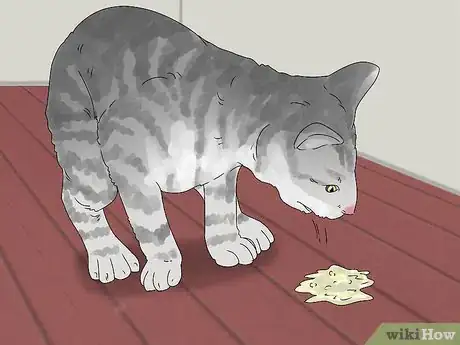
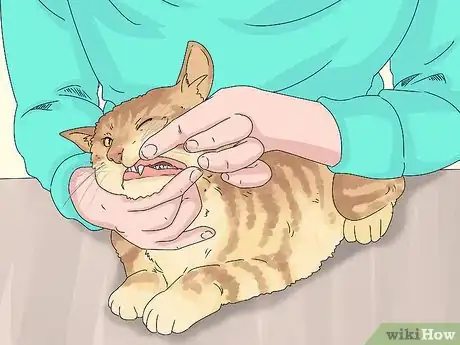
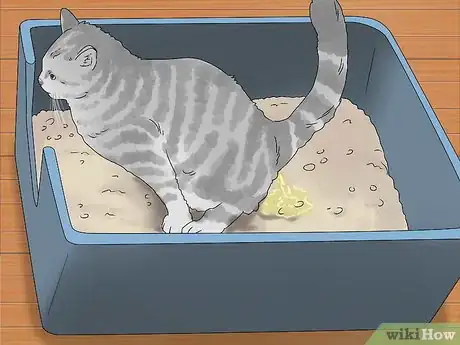
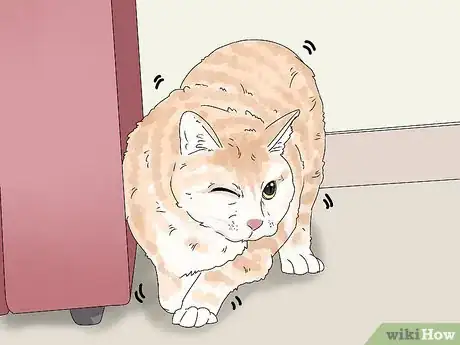
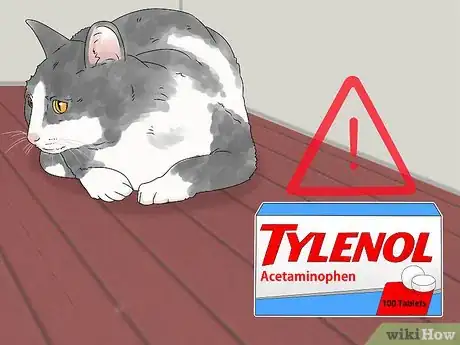
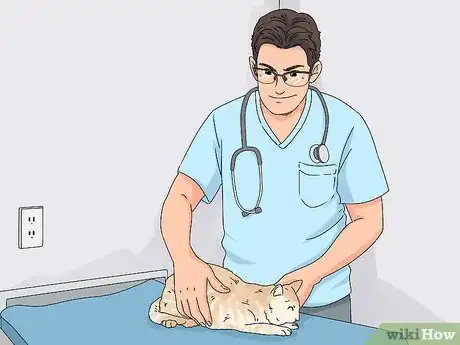
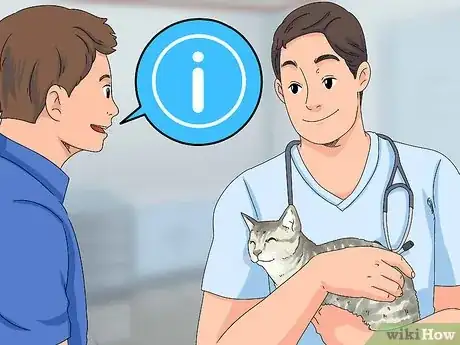
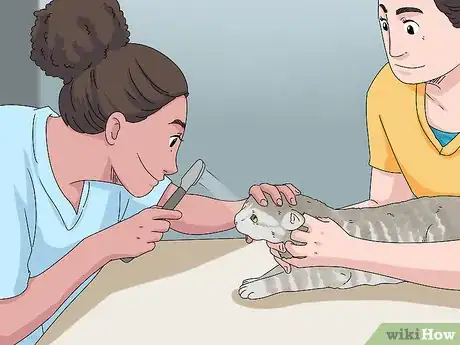
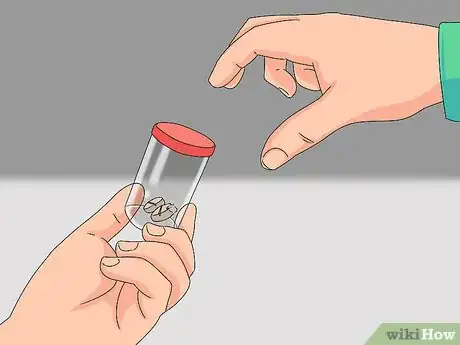
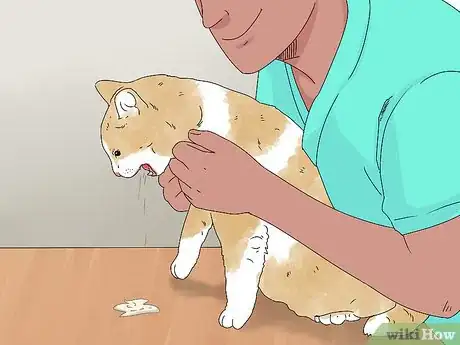
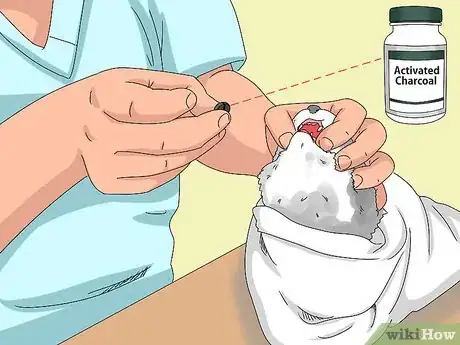
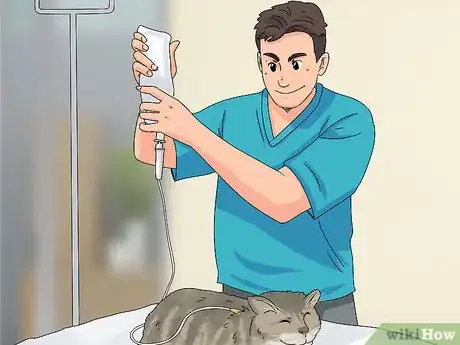
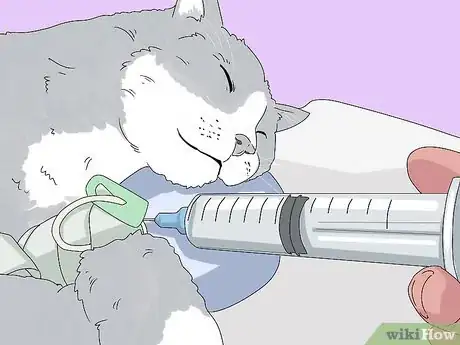
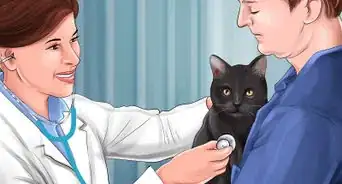


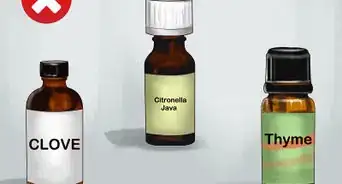









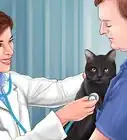






































Medical Disclaimer
The content of this article is not intended to be a substitute for professional medical advice, examination, diagnosis, or treatment. You should always contact your doctor or other qualified healthcare professional before starting, changing, or stopping any kind of health treatment.
Read More...